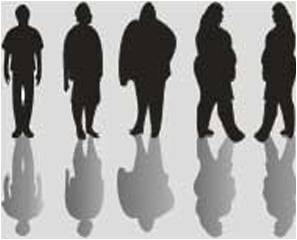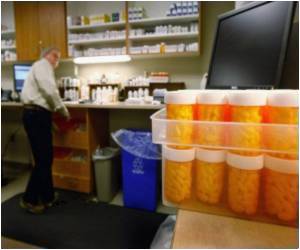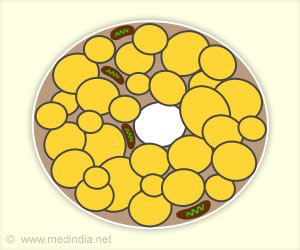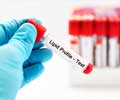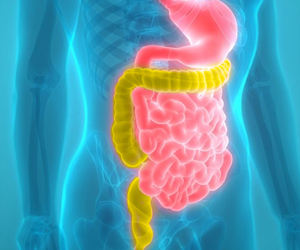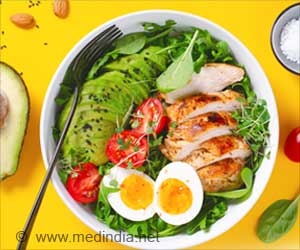
‘Human brown adipose tissue (BAT) oxygen consumption increased as significantly after a meal as it did during exposure to cold.’
Tweet it Now
Most of us avoid repeated exposure to cold due to the uncomfortable sensation. Coldness activates brown adipose tissue (BAT) found in the neck above the clavicles and accelerates the metabolic function of BAT. People whose BAT is functionally active have more favorable metabolic health, and their circulating glucose and lipid concentrations are lower compared to people with non-active BAT.One of the main functions of BAT is heat production. Heat production is obviously generated in cold environments, but, using animal testing, it has already been proven before that eating also stimulates heat production in BAT.
Even though there are few direct tools for measuring this in humans, researchers at Turku PET Centre in Finland were able to utilize non-invasive imaging to measure oxygen consumption in BAT. In Turku, there is extensive expertise and long-term experience in researching human metabolism with PET imaging. Examining BAT in humans is extremely interesting, and it seems that several basic functions of BAT in humans remain unknown.
Oxygen Consumption in BAT Increases after a Meal
Healthy volunteers participating in the study were given a standard and balanced meal which included vegetable lasagna, salad, bread and margarine, and a glass of milk. After the meal, a PET scan was performed on the upper thoracic region containing BAT in order to measure oxygen uptake and tissue perfusion. The PET scan was repeated on another day during exposure to cold.
Advertisement
After eating, there is quite a hormonal storm in the human body. Insulin is one of the most significant hormonal signals, and it promotes the transferring of nutrients, glucose (sugar), and fatty acids to be oxidized in the tissues. In addition, several genes regulating fatty acid metabolism in BAT are expressed after eating.
Advertisement
Source-Eurekalert


